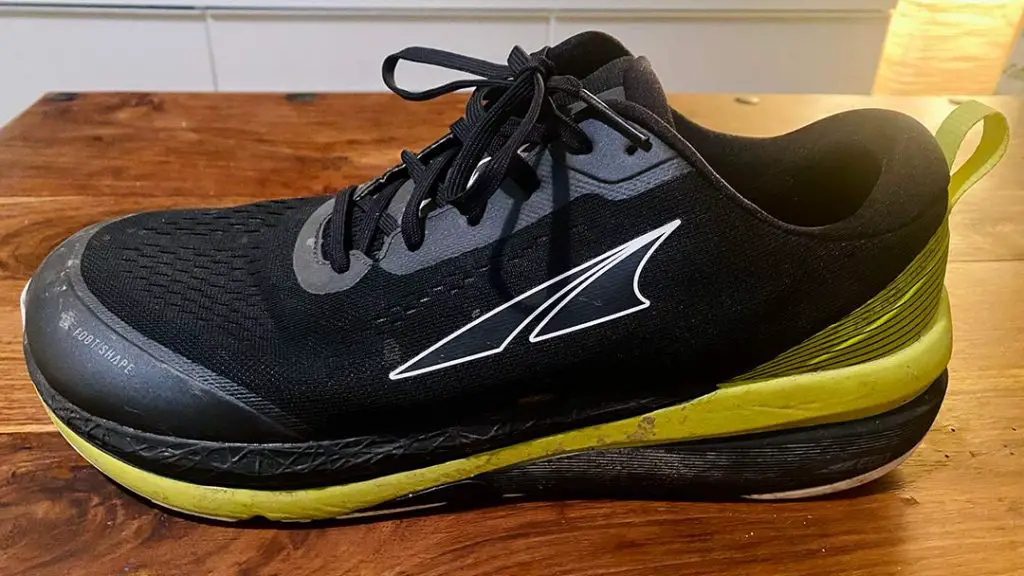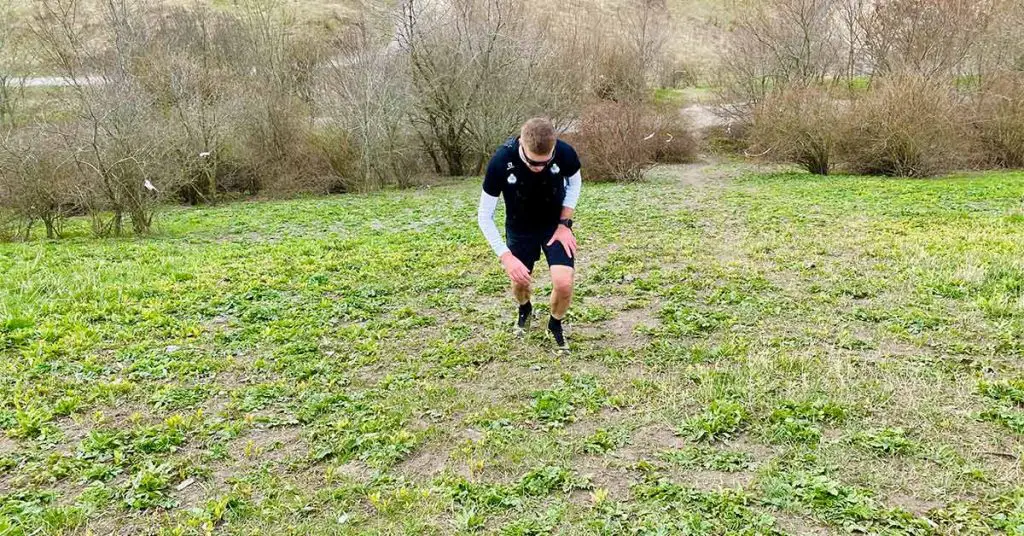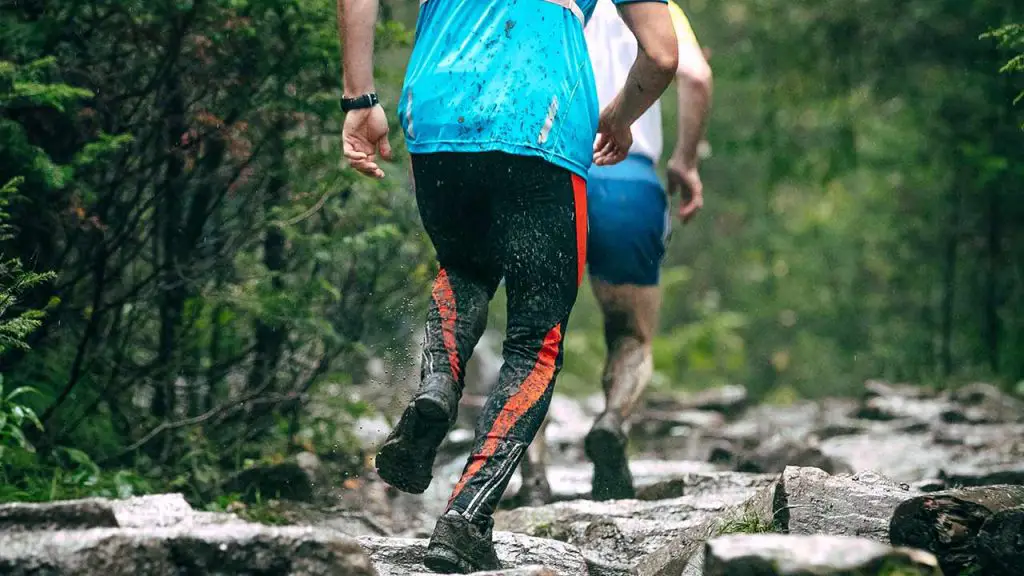Estimated read time: 5 minutes.
There is an ongoing debate in the running community about whether or not zero-drop shoes are better for runners. Some argue that they provide a more natural running gait, which can help prevent injuries. Other people argue that traditional running shoes with padding and support are better for runners.
If you’re a runner, you know that having the right equipment can make all the difference. In this blog post, we will discuss the benefits of zero-drop shoes for running. Many people are hesitant to switch to zero-drop shoes, but there are many reasons why doing so can be beneficial.
What Does Zero Drop Mean?
The term “zero-drop” coined by Altra refers to the heel-to-toe drop of the shoe being zero. This means that the shoe has no difference in height between the heel and the toe area.
In traditional shoes, the heel drop is usually around 8-12 mm, which means that the heel sits higher than the toe. Here is an example: If a running shoe has 25mm of material under the heel and only 15mm under the forefoot, it has a heel-to-toe drop of 10mm.
Zero-drop running shoes mimic barefoot running with heel and forefoot in a level position and are designed to encourage a more natural running gait.
The Problem With Traditional Running Shoes
They often have a large heel drop, which can cause several problems. First, it can lead to heel striking when your heel hits the ground first instead of your midfoot or forefoot. This can lead to several injuries, including shin splints, knee pain, and even lower back pain.
Second, the large heel drop can also limit your range of motion when running. This can lead to inefficient running and ultimately decreased performance.
Traditional running shoes also tend to have a more narrow toe box, which pushes your toes together and can lead to problems like black toenails, blisters, and bunions.
The Benefits of Zero Drop Shoes
Zero drop shoes solve all these problems by having a heel the same height as the forefoot. This encourages a more midfoot or forefoot strike, which is much more efficient and less likely to cause injuries.
The wider toe box also allows your toes to Spread out, which helps improve balance and stability when running. Zero-drop shoes promote a more natural running gait and enable you to use your full range of motion, leading to improved performance and fewer injuries.
Just because a shoe is zero drop doesn’t mean that it has to have minimal cushioning. In fact, many zero-drop shoes on the market have plenty of cushioning and support.
So if you’re looking for a shoe that will help you run more efficiently and prevent injuries, consider switching to a zero-drop shoe. You may be surprised at how much difference it can make.
Disadvantages of Zero-Drop Shoes
While there are many benefits to zero-drop shoes, there are also some disadvantages that you should be aware of.
One of the biggest disadvantages is that they can take some time to get used to. If you switch from traditional running shoes to zero-drop shoes, you will likely experience some discomfort initially. This is because your feet and legs are not used to the new motion and may need time to adjust.
Zero Drop shoes can put a lot of pressure on your calf muscles, so if you have any preexisting injuries in those areas, you should consult a doctor before making the switch.
If you wear a zero-drop shoe with a thin sole and run through rough terrain, you may also experience an increased risk of injuries like bruises, cuts, and scrapes. This is because there is less cushioning between your feet and the ground.
Transitioning to a Zero-Drop Shoe
If you decide that you want to switch to a zero-drop shoe, then there are a few things that you can do to make the transition as smooth as possible.
First, start by slowly increasing your mileage in the new shoes. If you try too much too soon, you will likely experience discomfort and may even injure yourself.
Second, make sure to stretch your calf muscles after running. This will help prevent injuries and help your muscles adjust to the new motion.
Finally, be patient and give yourself time to get used to the new shoes. It may take a few weeks or even months before they feel completely comfortable, but if you stick with it, you will eventually reap the benefits.
Conclusion
Zero drop shoes can provide several benefits for runners, including improved performance and fewer injuries. However, they can take some time to get used to and may not be suitable for everyone. Remember to take it slow at first and to consult with a doctor if you have any preexisting injuries. With time and patience, you will be able to enjoy all the benefits that zero-drop shoes have to offer.
FAQ: Zero-Drop Shoes for Running
- How Many Laps Around a Track is a 5K: Your Guide - October 22, 2023
- When is Track and Field Season? - October 22, 2023
- Understanding the Length: How Long Is a Running Track? - October 22, 2023




